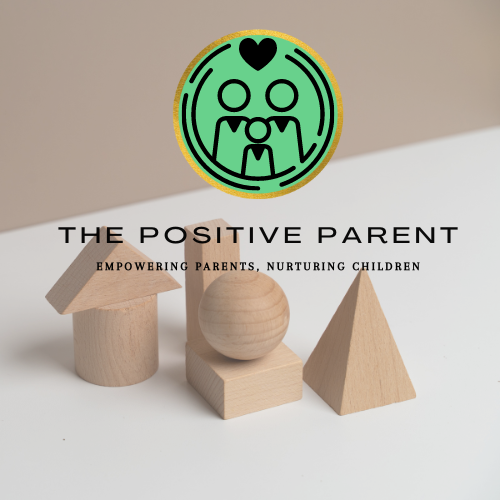Exploring Differences in Mental Health Diagnosis and Treatment Decisions for Children in Care
Mental health diagnosis and treatment for children in care can be complex and challenging. These children face unique circumstances that can affect their mental health and well-being. In this blog post, we'll explore the differences in how children in care are diagnosed and treated compared to their peers, and discuss the factors contributing to these disparities.
Understanding the Context
Children in care, also known as children in foster care or looked-after children, are those who are placed under the care of social services due to various reasons, such as neglect, abuse, or family breakdown. These children often experience significant trauma and instability, which can have a profound impact on their mental health.
Bias in Diagnosis
One of the primary issues in the mental health diagnosis of children in care is the presence of biases. Research has shown that children in care are often diagnosed differently than their peers, and these biases can lead to misdiagnosis or over-diagnosis of certain conditions.
PTSD and Trauma
Post-Traumatic Stress Disorder (PTSD) is a common condition among children who have experienced significant trauma. However, the recognition of PTSD in children in care can be inconsistent. Some mental health professionals may overlook the symptoms of PTSD and instead diagnose these children with behavioural disorders or attention-deficit/hyperactivity disorder (ADHD).
Conduct Disorders
Children in care are often more likely to be diagnosed with conduct disorders. This can be attributed to their disruptive behaviour, which is often a response to the trauma and instability they have experienced. Unfortunately, this focus on behaviour can sometimes overshadow the underlying mental health issues, such as anxiety or depression.
Treatment Decisions
Treatment decisions for children in care can also differ significantly from those made for their peers, leading to disparities in the quality of care received by these children.
Access to Therapy
Access to recommended therapies, such as cognitive-behavioral therapy (CBT) or trauma-focused therapy, can be limited for children in care. This limitation can be due to various factors, including the availability of specialized therapists, funding constraints, and the prioritization of immediate behavioural management over long-term mental health support.
Medication
There is a tendency to rely on medication as a primary treatment for children in care. While medication can be an essential component of treatment for certain conditions, it should not be the sole approach. Over-reliance on medication can neglect the need for therapeutic interventions that address the root causes of mental health issues.
Impact of Care Status
Stigma and Stereotypes
Children in care often face stigma and stereotypes that can impact their mental health care. Mental health professionals may hold preconceived notions about these children, leading to biased diagnoses and treatment decisions. For example, a child in care exhibiting anxiety symptoms may be dismissed as simply being "difficult" or "defiant," rather than receiving an accurate diagnosis and appropriate treatment.
Addressing the Disparities
Awareness and Training:
Integrated Care Approach:
Advocacy and Support:
Involvement of Caregivers:
Conclusion
Mental health diagnosis and treatment for children in care require a nuanced and trauma-informed approach. By recognizing the unique challenges and biases that these children face, we can work towards providing them with the care and support they need to thrive. Through increased awareness, integrated care, advocacy, and caregiver involvement, we can address the disparities and improve mental health outcomes for children in care.




Comments
Post a Comment